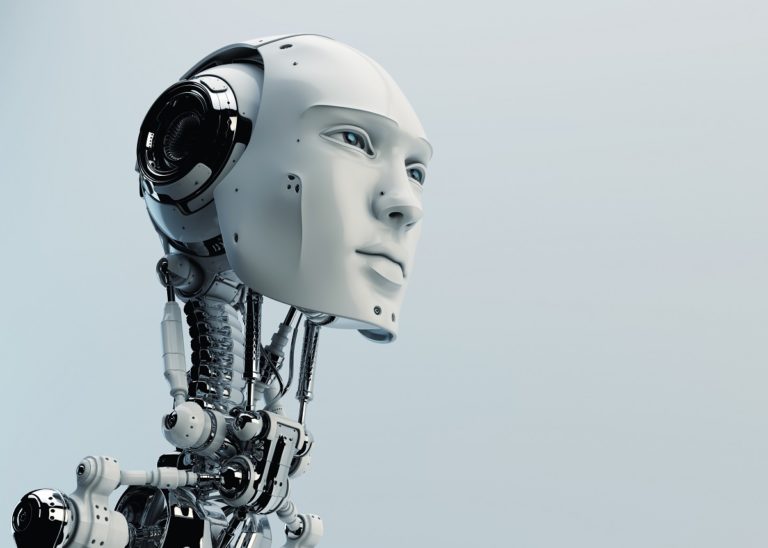Artificial intelligence (AI) has been around technology circuits for a long time now. When you were a kid, you may have come across some examples of implementation in the video games that you play. The behavior of your enemies onscreen is determined by a set of rules that make up the concept of an AI. Nowadays, you will see the world of computing is a far cry from what it was during its infancy. What used to be supercomputers then could only muster a fraction of the processing power of the mainstream builds of today.
The increasing number of cores per die, faster clock speeds, and more instructions completed per cycle mean that the top CPUs now can perform the most complex calculations in a short amount of time. AI is highly dependent on this. That is why there have been great developments on that front as of late. One area where AI excels is with imaging. But before that, find out the other areas where it thrives.
Uses of Artificial Intelligence
Aside from video games, there are other areas where AI is used. One is in customer service. People who find it hard to connect to hotlines and chat rooms will be glad to know that this is being refined by having AI handle the simpler issues. It will be able to handle your questions so long as it falls under its decision trees. But beyond that, you will then be referred to a human representative.
Some machines that perform redundant tasks are also being run by AI. A great example of this would be a robot vacuum. It is programmed to recognize environments where it can move about and do its business. Its sensor can also detect depth, and this will protect it from falling off the stairs or bumping against walls. Basically, all you have to do with this gadget is just turn it on and let it do its business.
AI can also be used in targeted marketing. It can analyze the sites that you have visited. Once it finds a pattern to your browsing, it will then create recommendations based on that. So for example, if you frequent websites that feature cars, you will likely see more ads that feature dealers or stores that sell vehicle parts. There are also brand-design companies out there providing services that can optimize your website so that it can take advantage of its algorithms. If you want to establish a solid online presence, they are the people you should turn to for help.
How AI Works for Imaging
The best way to compare how AI works for imaging is to compare it to anti-aliasing. A digital image is made up of picture elements or pixels arranged in a grid. So if you were to draw straight lines, they will not exhibit any distortion. When you start to render slanted lines, however, they would start to show some jagged edges. This exposes the pixelization, and That is what you call aliasing. When you smooth it out by blending the colors over to the neighboring pixels, that is the method called anti-aliasing.
Anti-aliasing reliance on nearby pixels means it uses a fixed computation in attempting to sharpen or smooth out an image. When you apply the technique on sources that have low resolution, you could end up with a softer or blurry image. AI, on the other hand, offers a predictive method that uses a huge database of images as its basis. This scales up well to higher resolutions. For example, imagine that you have a 4-by-4 grid and draw a 45-degree diagonal out of it. If you want to scale that up to a 16-by-16 grid, anti-aliasing will just double the pixel count and fill the corners with lighter shades of gray. The result will still look like a stair that has four steps. AI, on the other hand, will be more accurate in its scaling efforts and would produce a diagonal line that fits the larger grid.
Resolution Needed

The great thing about the latest video cards for computers is that they have incorporated this AI-assisted upscaling into their design. This means that it frees up the load of the graphics processing unit, which is responsible for the calculations needed for anti-aliasing. You now have a better solution that is not as expensive in terms of tech resources. You can lower your image settings without having to take a huge hit on performance if you want to play at higher resolutions. For example, you can set your game to run smoothly at full HD or 1080p, and then have the AI upscale it to 4K.
This could also bring new life to your older library of photographs. Those shot on cameras that have less than 2-megapixel sensors will now be viewable on your ultra HD screens.
Remastering Made Easy
Image enhancement using AI is not just limited to your games and photos. It can be implemented on videos too. This will make the painstaking process of remastering easier. Whereas before people had to reference original reels or touch up each frame by hand, they can now leave much of the work to the AI. This will give them more time for quality control and allow them to release the enhanced films to home video faster.
Today’s AI technology is utilized in many interesting ways. Its ability to reference and analyze large data sets is a huge contribution to efficiencies in the key processes of imaging. So forget imagining robots and machines taking over the world. AI has useful implementations that are specific and specialized, and people are now reaping its benefits.




